I pause on the trail at The Nature Conservancy’s Phantom Canyon Preserve, and I’m struck by the absolute, utter stillness. A few meadowlarks had flushed during my hike, and grasshoppers skittered at my feet, but overall the canyon just radiates silence.
Just an hour ago, I was down the road in Fort Collins, Colorado, a university town with famous microbreweries, bustling restaurants and fly shops. While no one would confuse Fort Collins with a metropolis, it seemed a world away from this Colorado canyon, purchased by The Nature Conservancy in 1987.
The preserve protects a dramatic, narrow roadless gorge, encompassing four miles of the North Fork of the Cache la Poudre River. Even on a stifling hot day, you can locate natural treasures, like the Larimer aletes, a rare plant (a type of parsley) found only in the surrounding foothills.
But in the folds of canyon, I know a lot of other creatures hide. I won’t see them today, but camera traps set by project steward Kevin Grunewald provide a glimpse at the wildlife that has benefited from the Conservancy’s conservation measures.
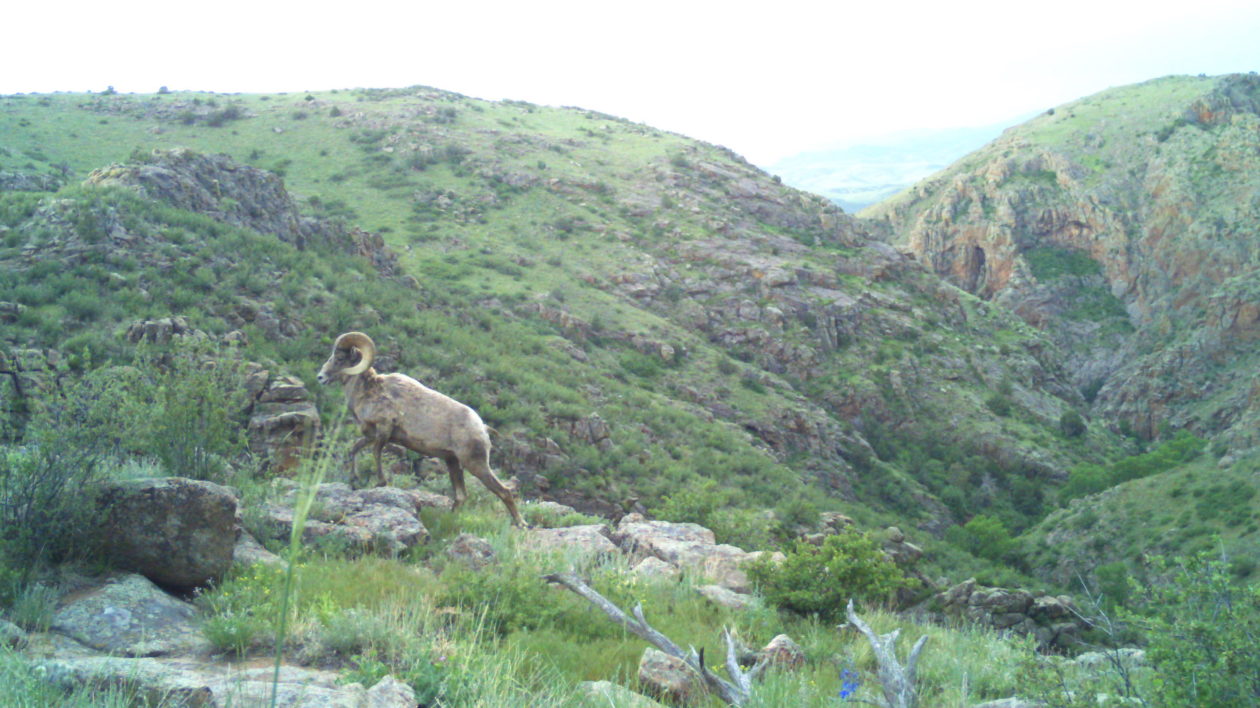
Camera traps have become an important tool for researchers and conservationists around the globe. They can detect rare and elusive wildlife, even in difficult terrain.
At Phantom Canyon Preserve, one of the current focal areas is determining if bighorn sheep use the canyon. Around the Western United States, bighorn sheep have been dying of pneumonia contracted from domestic sheep.
Sheep ranchers, many of them partners with the Conservancy, work in other parts of the canyon. Determining if (and when and where) bighorn sheep move through the canyon can help mitigate and protect these animals. As you can see from the above photo, the camera trapping effort revealed that bighorns do, indeed, utilize the canyon.
Mountain lions are one of the most secretive denizens of the canyon, rarely seen by visitors. Kevin Grunewald, who spends countless hours in some of the preserve’s remote corners, has seen two in his two years on the preserve. “That’s after a lot of time looking, and knowing this preserve really well,” he says. “But I know they have seen me a lot more than that.”
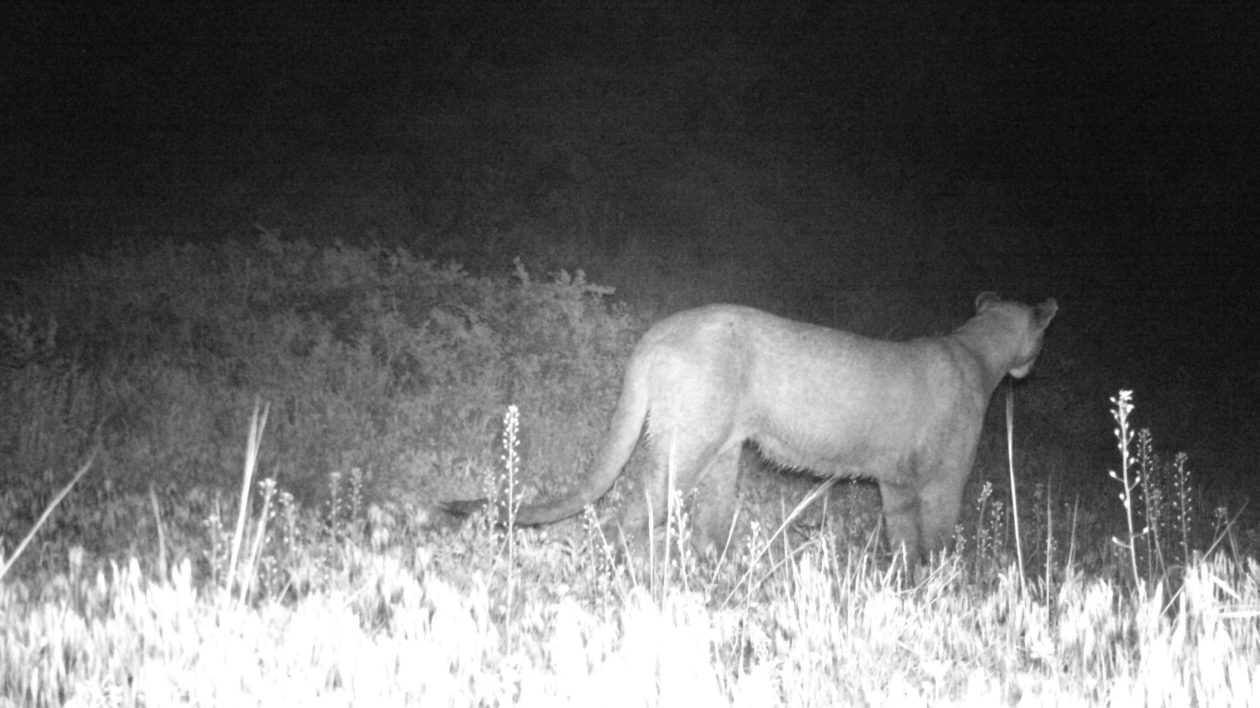
Camera traps reveal mountain lions walking down popular trails and on the canyon rim. In the winter, when preserve buildings are unoccupied, a mountain lion was photographed strolling right by the visitor center – the subject of a previous blog.
Phantom Canyon allows wide-ranging wildlife to thrive, despite the booming growth of Colorado’s Front Range. Black bears frequently appear on camera trap images.
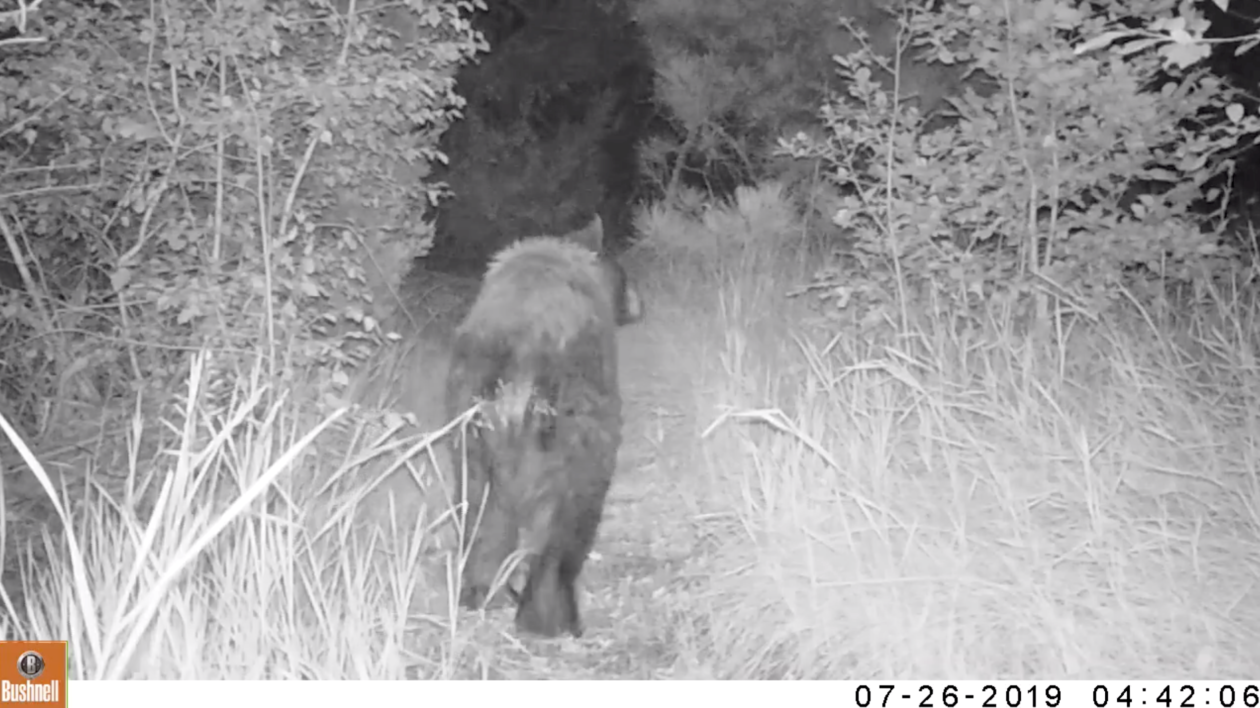
Bears are quite curious about camera traps, though, and can be very hard on them. Here a bear sniffs and licks an existing trail camera.
Bobcats are also found on the preserve. Some camera trap enthusiasts find them difficult to distinguish from mountain lions in night photos (as you can’t tell the size), but they can be distinguished by a short tail, spots and pointier ears.
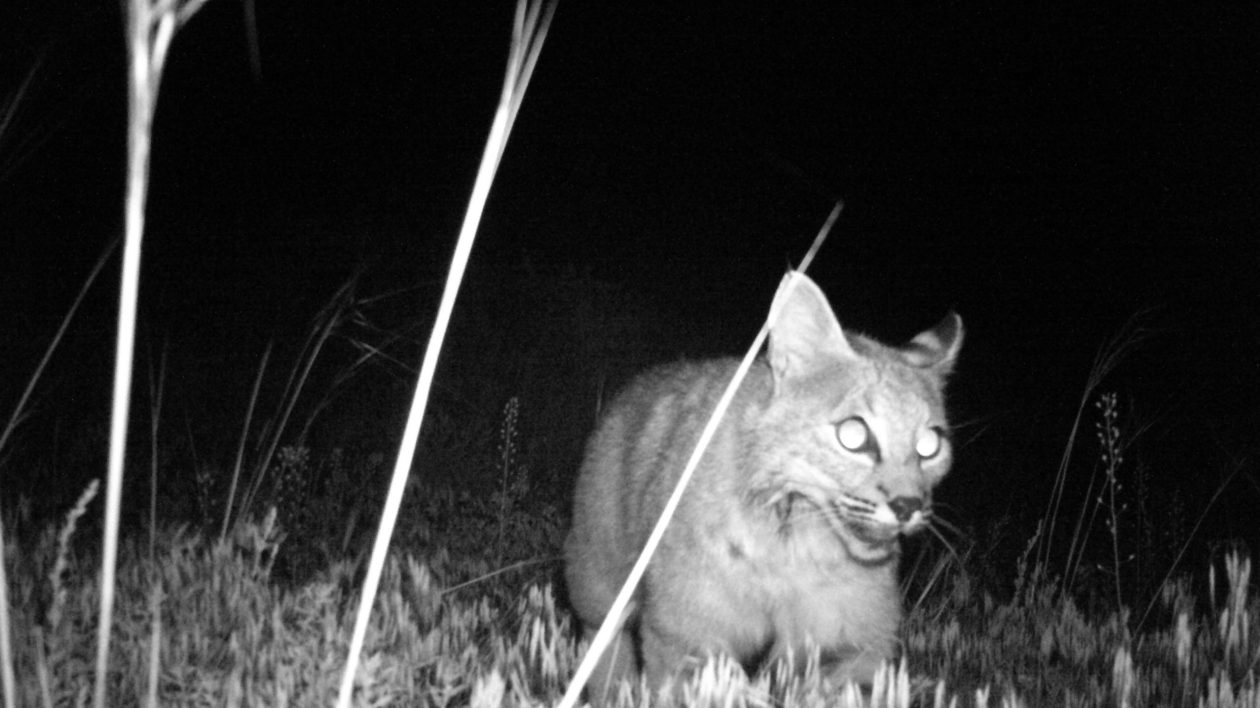
Mule deer are one of the more common large mammals on the preserve. It is one of the few mammals I saw “on the hoof” during my two-day visit. But when I saw them, they were mainly pronking down the impossibly-steep slopes. Camera traps give us a candid glimpse into their lives, including during the fawning season.
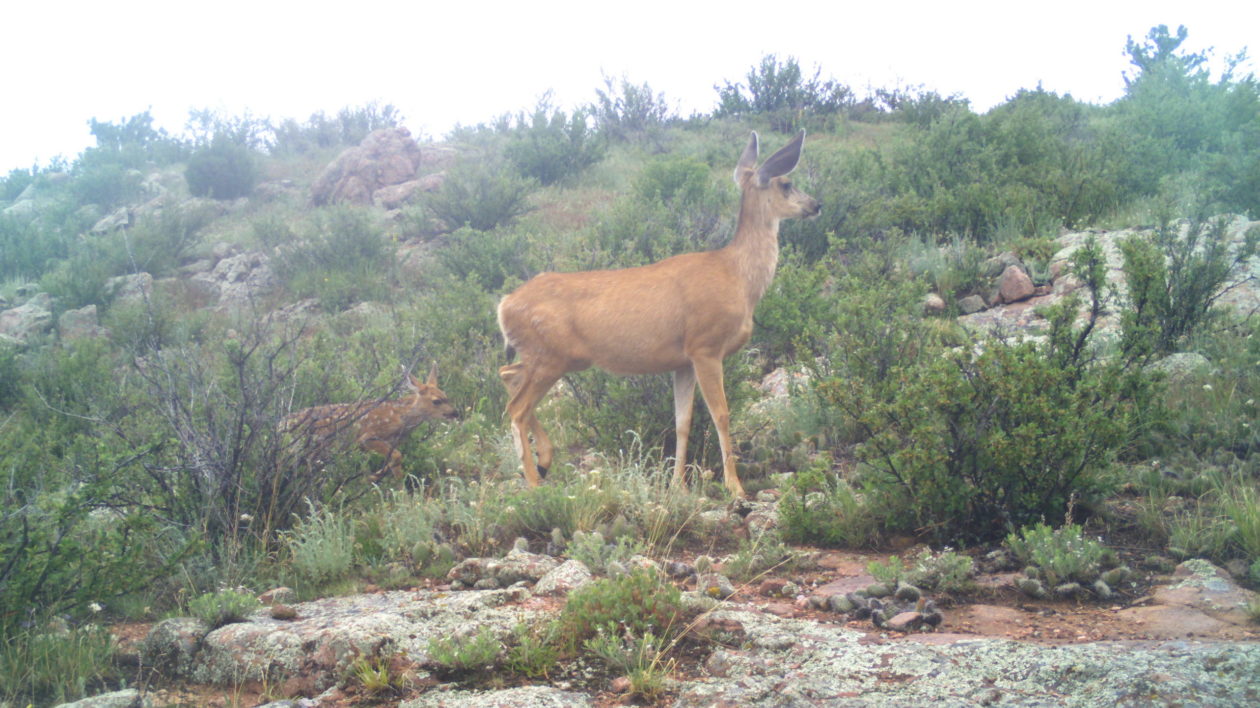
Pronghorns are also often easy to see in the open, grassy areas of the preserve.

Phantom Canyon Preserve consists of 1,200 acres, but the Conservancy has also worked with utilities, land management agencies, private landowners and other conservation groups to create a 22-mile corridor that connects high elevation public lands in the west (Rocky Mountain National Park) to low-elevation private ranches in the east.
Since the effort began, there have been approximately 100,000 private acres protected under some form of conservation management, which is connected to 110,000-acres of publicly protected lands.
Today, Phantom Canyon is used as a place to inspire, educate, and demonstrate to our users the impact of conservation and good land management practices. The preserve offers educational tours and volunteer opportunities during the spring and summer. And while you may not see a bear or a lion, you can rest assured that they’re there – perhaps even watching you at work.




I was part of the instructors who was responsible far building two trails at Phantom Canyon. One was the trail from the top of the canyon down to the river.
I helped to design an interpretime nature trails at the top of the canyon.
Volunteers for Outdoors Colorado …was responsible for all.
They have always been my favorite projects for ever …. To reach me please use the Gmail not Email
I was the first preserve manager at Phantom Canyon. It does my heart good to see these pics! Keep up the good work and thanks for sharing!